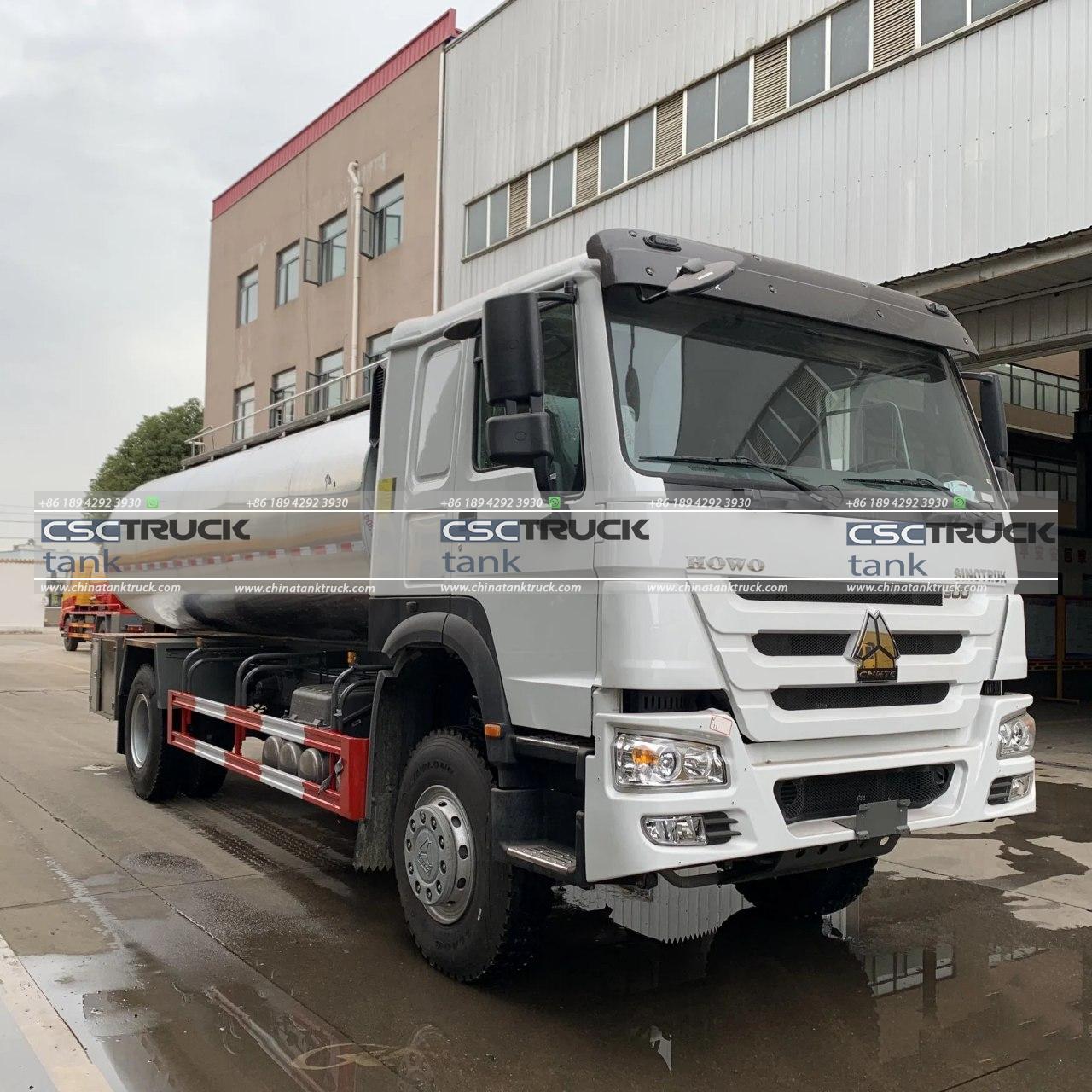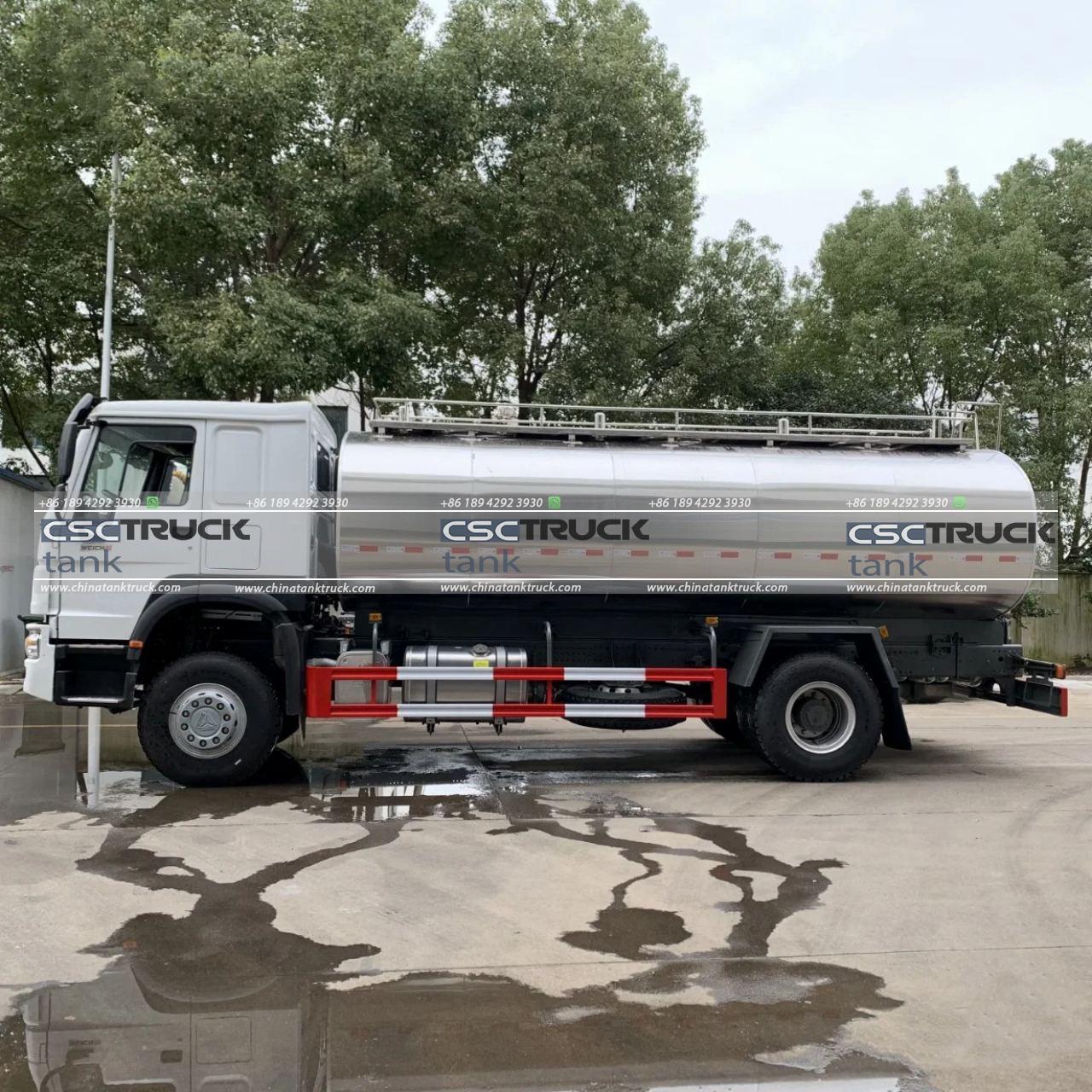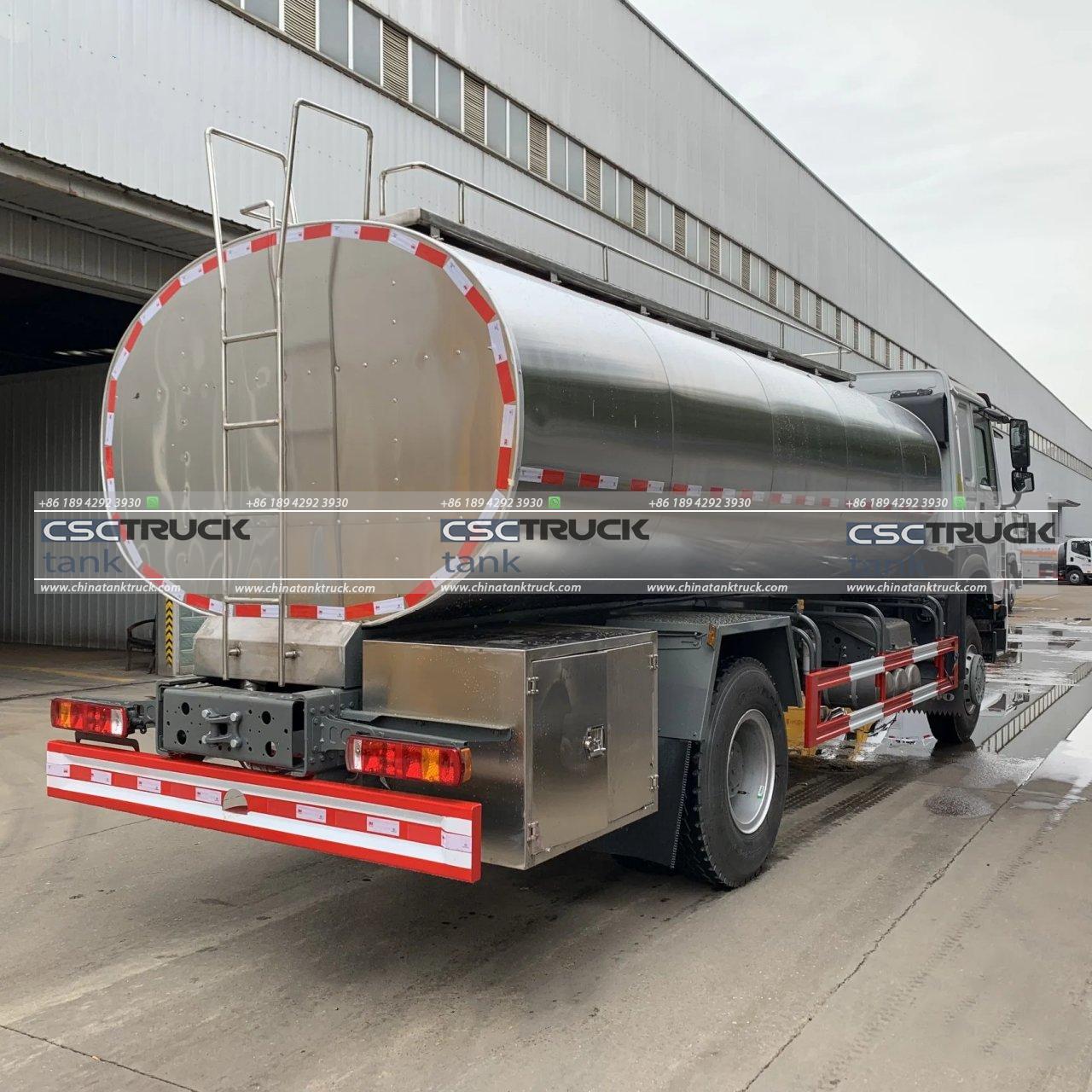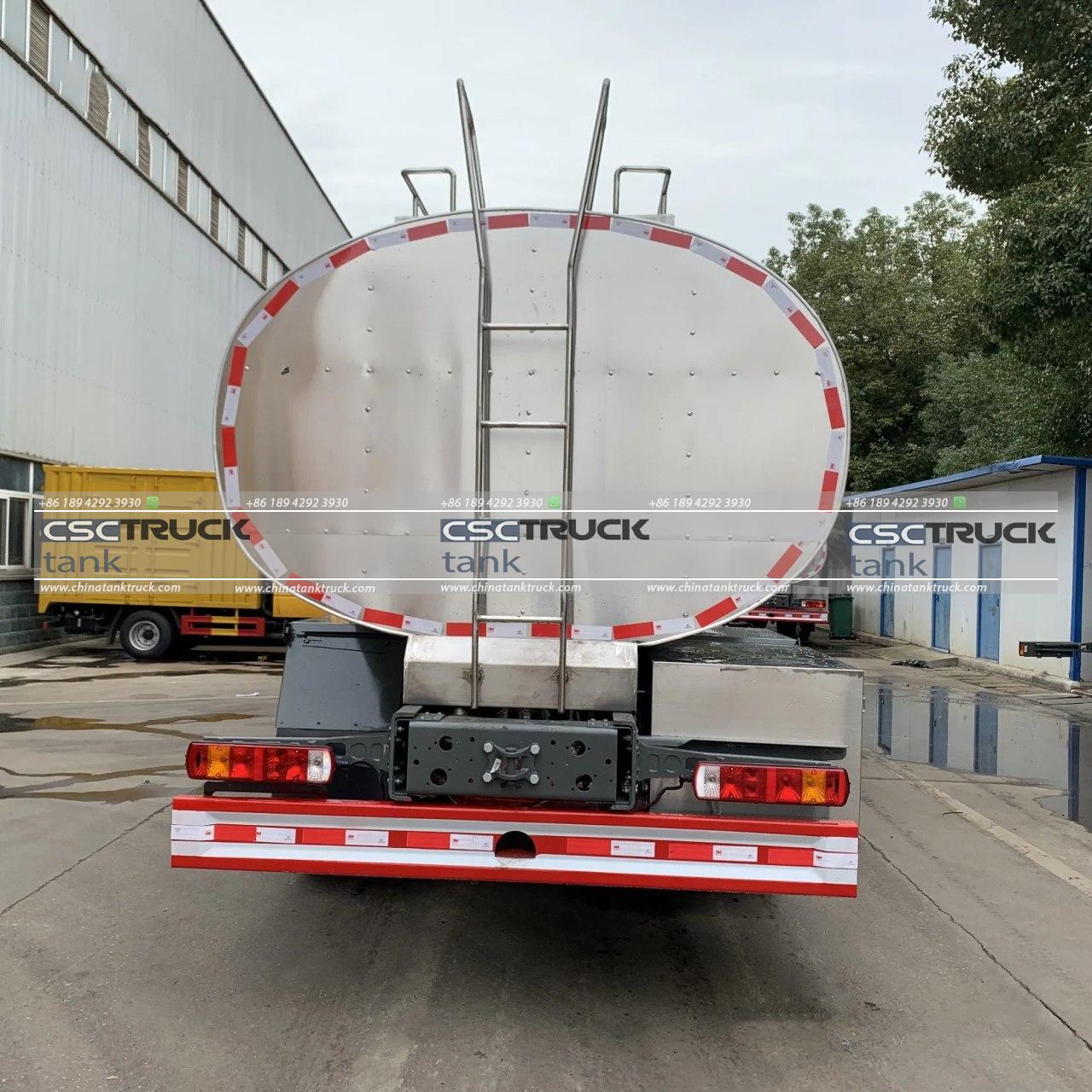Why Are Milk Tankers Round?
Milk tankers are a common sight on roads, particularly in rural areas where dairy farming is prevalent. These specialized vehicles are designed to transport large quantities of milk from farms to processing plants. One distinctive feature of milk tankers is their cylindrical, round shape. While this design might seem ordinary at first glance, it is the result of careful engineering and consideration of several factors related to safety, efficiency, and practicality. In this article, we will explore the reasons why milk tankers are round and how this shape benefits the transportation of milk.
1. Structural Integrity and Pressure Distribution
One of the primary reasons milk tankers are round is related to the structural integrity and pressure distribution of the tank. When a liquid, such as milk, is stored in a container, it exerts pressure on the walls of that container. In a cylindrical tank, the pressure exerted by the liquid is evenly distributed along the curved surface of the tank. This even distribution of pressure minimizes the risk of weak points developing in the tank walls, which could lead to structural failure.
In contrast, a tank with flat sides, such as a rectangular or square tank, would experience uneven pressure distribution. The corners and flat surfaces of such a tank would be more susceptible to stress and could potentially buckle or rupture under the pressure exerted by the liquid. By using a round shape, engineers ensure that the tank can withstand the internal pressure more effectively, enhancing the safety and durability of the tanker.

2. Efficient Liquid Drainage and Cleaning
The round shape of milk tankers also facilitates efficient liquid drainage and cleaning. In a cylindrical tank, there are no corners or flat surfaces where milk can accumulate. This design ensures that all the milk can be drained from the tank, reducing waste and making it easier to clean the tank thoroughly.
Proper drainage and cleaning are crucial in the dairy industry to maintain the quality and safety of the milk. Any residual milk left in the tank after delivery could spoil and contaminate the next batch of milk. The smooth, curved interior of a round tank allows for complete drainage and thorough cleaning, ensuring that the milk remains fresh and uncontaminated during transport.
3. Stability and Handling on the Road
Stability is another key consideration in the design of milk tankers. A fully loaded milk tanker can weigh several tons, and the vehicle must remain stable while in motion. The cylindrical shape of the tank helps to lower the center of gravity of the vehicle, which improves its stability on the road.
Additionally, the round shape of the tank reduces the “sloshing” effect that occurs when the liquid inside the tank moves as the vehicle accelerates, decelerates, or turns. Sloshing can cause the liquid to shift abruptly, which can destabilize the vehicle and make it more difficult to control. The curved walls of a round tank help to minimize sloshing by allowing the liquid to move more smoothly within the tank, reducing the risk of sudden shifts in weight and improving the overall handling of the vehicle.

4. Aerodynamics and Fuel Efficiency
Milk tankers often travel long distances, and fuel efficiency is a critical factor in the economics of milk transportation. The aerodynamic properties of the vehicle play a significant role in determining its fuel consumption. A round tank offers less air resistance compared to a tank with flat sides or sharp corners, making it more aerodynamic.
As the tanker moves through the air, the round shape allows air to flow smoothly around the tank, reducing drag and improving fuel efficiency. This not only helps to lower the operating costs of the tanker but also reduces its environmental impact by decreasing fuel consumption and emissions.
5. Maximizing Volume Capacity
The round shape of a milk tanker is also an efficient way to maximize the volume of liquid that can be transported. A cylindrical tank provides a large internal volume relative to the surface area of the tank walls. This means that a round tank can hold more milk than a tank with flat sides of the same overall dimensions.
Maximizing the volume capacity of the tank is important for the dairy industry, as it allows for the transportation of larger quantities of milk in a single trip. This reduces the number of trips required to transport the milk, which in turn lowers transportation costs and increases the efficiency of the supply chain.

6. Temperature Control and Insulation
Maintaining the temperature of the milk during transport is essential to prevent spoilage. Milk tankers are typically insulated to keep the milk at the desired temperature. The round shape of the tank aids in the even distribution of insulation material, ensuring that there are no weak points where heat could enter or escape.
In addition, some milk tankers are equipped with cooling systems to further regulate the temperature of the milk. The round shape of the tank allows for an efficient design of these systems, ensuring that the milk remains at a consistent temperature throughout the journey.
7. Historical and Practical Considerations
The design of milk tankers has evolved, but the cylindrical shape has remained a constant feature due to its practicality and effectiveness. Historically, cylindrical containers have been used for liquid storage and transportation for centuries, dating back to wooden barrels used for transporting wine, beer, and other liquids.
The success of these earlier designs likely influenced the development of modern milk tankers. Engineers and designers recognized the advantages of the round shape and adapted it to meet the specific needs of the dairy industry.

8. Regulatory Standards and Industry Practices
The design of milk tankers is also influenced by regulatory standards and industry practices. In many countries, there are specific regulations governing the construction and operation of milk tankers to ensure the safety and quality of the milk during transport.
These regulations often include requirements related to the structural integrity of the tank, temperature control, and hygiene standards. The round shape of milk tankers helps to meet these regulatory requirements by providing a safe, efficient, and hygienic means of transporting milk.
Conclusion
The round shape of milk tankers is the result of a combination of factors that prioritize safety, efficiency, and practicality. From structural integrity and stability to aerodynamics and temperature control, the cylindrical design of these tankers is ideally suited to the challenges of transporting milk over long distances. By understanding the reasons behind this design choice, we can appreciate the careful engineering that goes into ensuring that the milk we consume is transported safely and efficiently from the farm to our tables.


